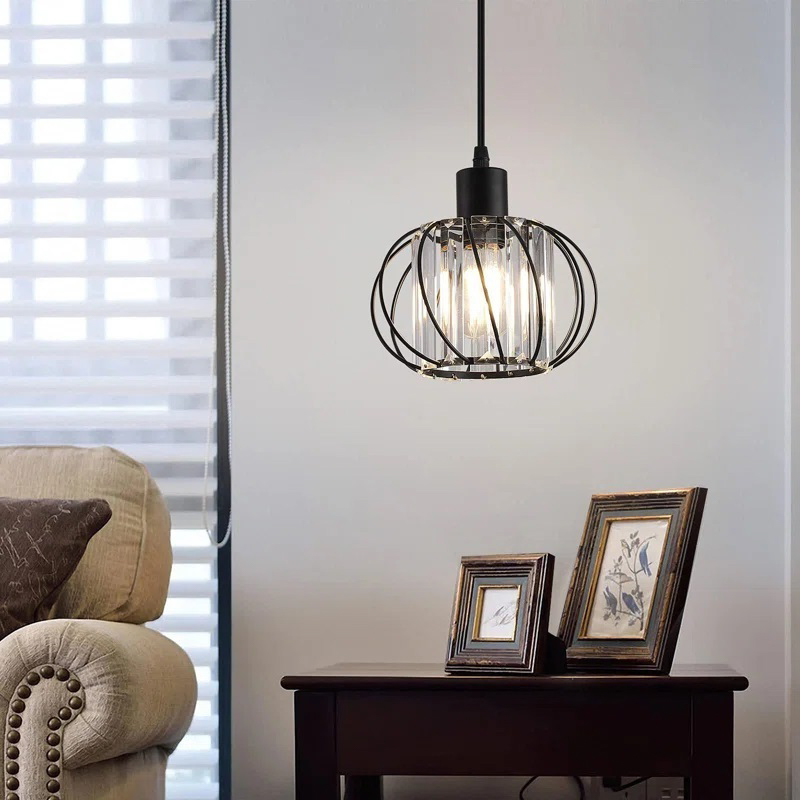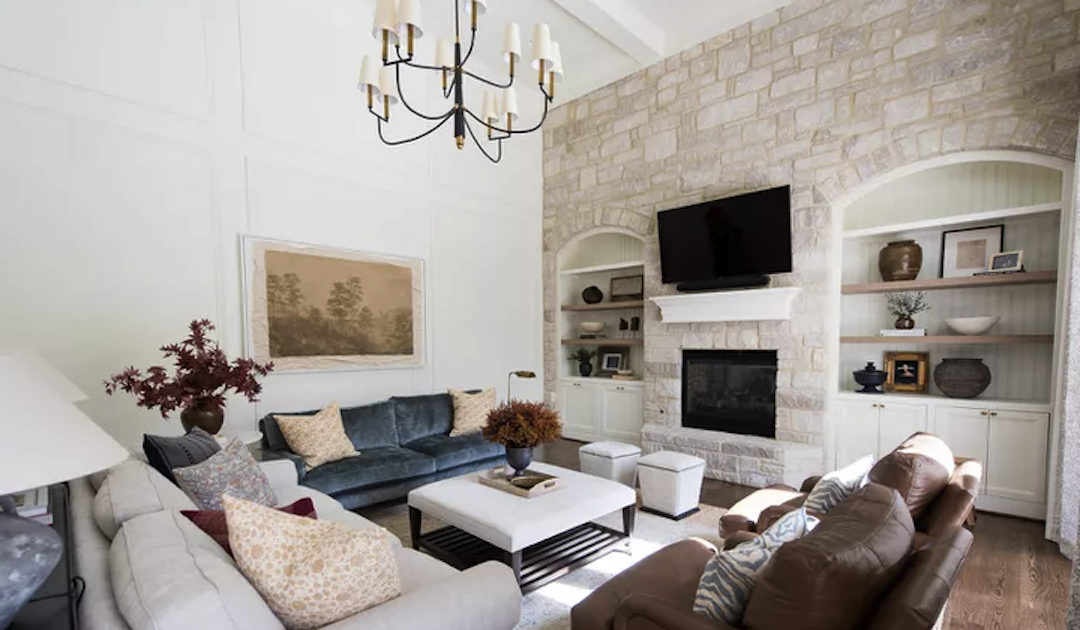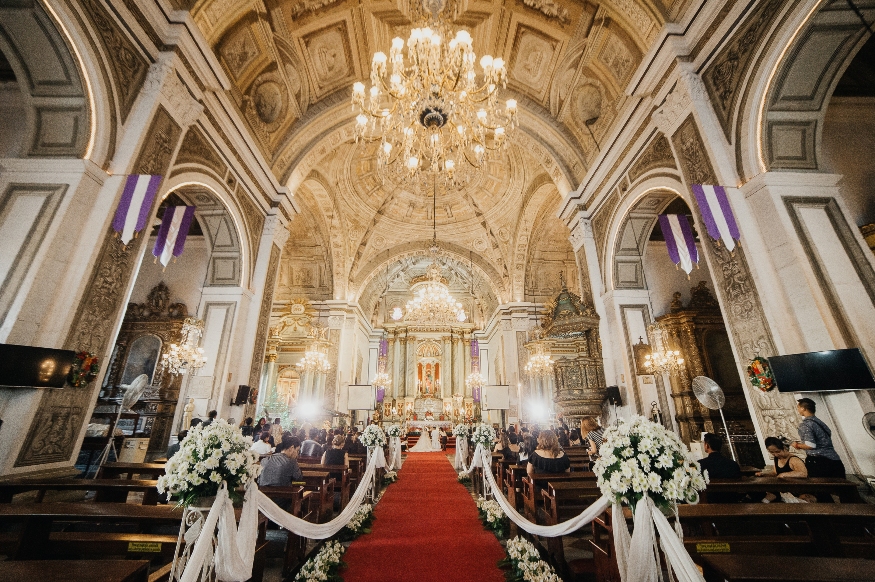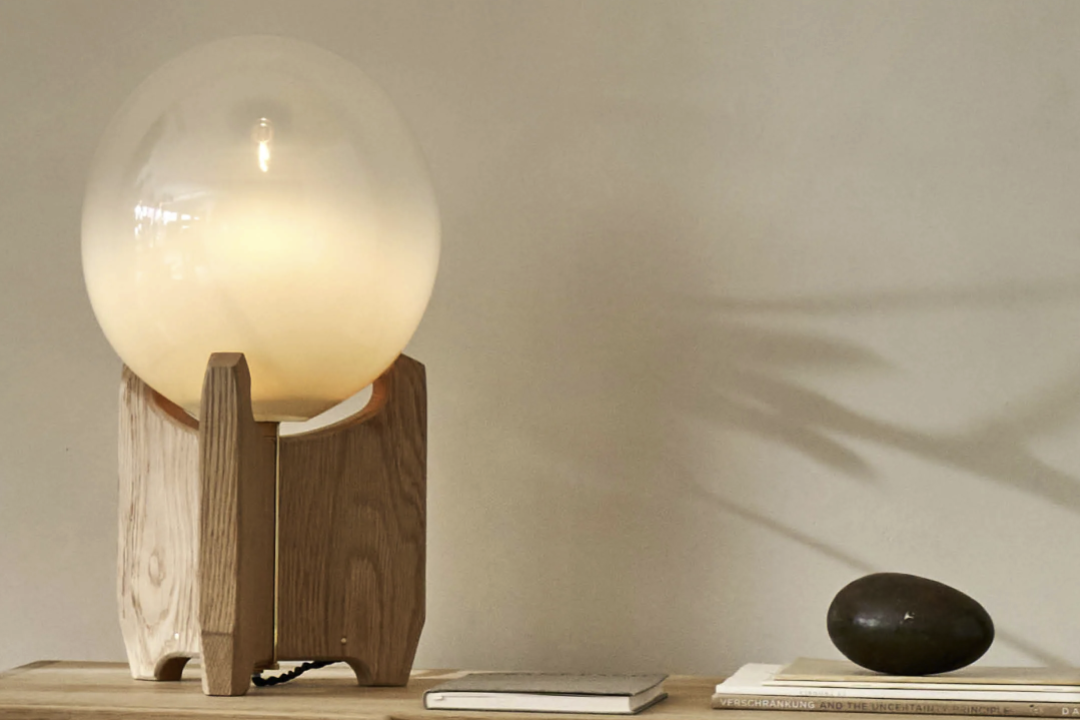Pendant lighting is a type of lighting fixture that hangs from the ceiling using a chain, rod, or cord. It is often used in dining rooms to provide focused lighting and add style and ambiance to the space. Pendant lighting has a long history, dating back to ancient times when oil lamps were suspended from the ceiling. Today, pendant lights come in a variety of styles, materials, and finishes, making them a versatile choice for any dining room.
Benefits of Pendant Lighting in the Dining Room
One of the main advantages of using pendant lighting in the dining room is that it provides focused lighting. Unlike traditional ceiling lights that illuminate the entire room, pendant lights can be positioned directly over the dining table, casting a warm and inviting glow on the area where meals are enjoyed. This focused lighting helps create a cozy and intimate atmosphere for dining.
In addition to providing focused lighting, pendant lights also add style and ambiance to the dining area. With their unique designs and decorative elements, pendant lights can serve as statement pieces that enhance the overall aesthetic of the room. Whether you prefer a modern or traditional look, there are pendant lights available in various styles and finishes to suit your taste.
Another benefit of pendant lighting is that it saves space compared to traditional lighting fixtures. Pendant lights hang from the ceiling, freeing up valuable floor and table space. This is especially beneficial in smaller dining rooms where every inch counts. By choosing pendant lights, you can maximize your dining space without sacrificing style or functionality.
Furthermore, pendant lighting enhances the overall dining experience. The right lighting can set the mood and create a welcoming atmosphere for family meals or dinner parties with friends. Pendant lights can be dimmed or brightened to suit different occasions, allowing you to create the perfect ambiance for any gathering.
Choosing the Right Pendant Light for Your Dining Space
When choosing a pendant light posnano for your dining room, there are several factors to consider. First, you need to take into account the size and height of the dining area. A large dining room may require multiple pendant lights or a larger fixture, while a smaller space may only need one or two smaller pendants. The height of the pendant lights should also be considered to ensure they are not too low or too high for the dining table.
Next, you should determine the style and theme of your dining room. Pendant lights come in a wide range of styles, from modern and minimalist to traditional and ornate. It is important to choose a pendant light that complements the overall design aesthetic of your dining space. Consider the existing furniture, color scheme, and decor to ensure a cohesive look.
The material and finish of the pendant light are also important considerations. Pendant lights can be made from various materials such as glass, metal, or fabric. Each material has its own unique look and feel, so choose one that matches your personal style and the overall theme of your dining room. The finish of the pendant light, whether it be polished, brushed, or matte, can also impact the overall appearance of the fixture.
Lastly, you need to decide on the type of bulb and lighting intensity for your pendant light. LED bulbs are energy-efficient and long-lasting, making them a popular choice for pendant lighting. However, you can also opt for incandescent or halogen bulbs if you prefer a warmer and more traditional glow. Consider the desired lighting intensity and whether you want the option to dim the lights for different occasions.
Types of Pendant Lights for Dining Rooms
There are several types of pendant lights that are commonly used in dining rooms. Each type has its own unique characteristics and advantages.
Drum pendants are a popular choice for dining rooms due to their sleek and modern design. They feature a cylindrical shade that encloses the bulb, providing a soft and diffused light. Drum pendants come in various sizes and materials, allowing you to choose one that fits your dining space perfectly.
Mini pendants are smaller versions of traditional pendant lights. They are ideal for smaller dining areas or for creating a cluster of lights above a larger dining table. Mini pendants can be used to add a touch of elegance and style to any dining room.
Multi-light pendants consist of multiple pendant lights attached to a single fixture. They are perfect for larger dining rooms or for creating a dramatic focal point above the dining table. Multi-light pendants come in various configurations, allowing you to customize the number and arrangement of the lights.
Linear pendants are long and narrow pendant lights that are often used in modern and minimalist dining rooms. They provide a sleek and streamlined look, making them a popular choice for contemporary spaces. Linear pendants can be hung horizontally or vertically, depending on the desired effect.
Chandeliers are a classic choice for dining rooms. They feature multiple arms or branches with decorative elements such as crystals or beads. Chandeliers add a touch of elegance and sophistication to any dining space, making them a timeless option.
How to Install Pendant Lights in Your Dining Area
Installing pendant lights in your dining area can be done with some basic tools and electrical knowledge. Here is a step-by-step guide on how to install pendant lights:
1. Gather the necessary tools and materials: Before starting the installation process, make sure you have all the tools and materials you need. This may include a ladder, wire cutters, wire strippers, electrical tape, screws, and a screwdriver.
2. Turn off the power supply: Safety should always be your top priority when working with electricity. Before installing the pendant lights, turn off the power supply at the circuit breaker to ensure there is no risk of electrocution.
3. Install the mounting bracket: Begin by installing the mounting bracket onto the ceiling. Follow the manufacturer’s instructions for your specific pendant light to ensure proper installation. Use a screwdriver to secure the bracket in place.
4. Connect the wiring: Carefully remove the existing light fixture and disconnect the wiring. Connect the wires from the pendant light to the corresponding wires in the ceiling using wire connectors. Make sure to match the black wire with black, white with white, and green or copper with green or copper.
5. Attach the pendant light: Once the wiring is connected, carefully attach the pendant light to the mounting bracket. Follow the manufacturer’s instructions for your specific pendant light to ensure proper installation. Use screws or other provided hardware to secure the pendant light in place.
6. Turn on the power supply: After the pendant light is securely installed, turn on the power supply at the circuit breaker to test the lighting. If everything is working properly, you can adjust the height and position of the pendant lights as desired.
Tips for Proper Placement of Pendant Lights

Proper placement of pendant lights is essential to ensure optimal lighting and visual appeal in your dining area. Here are some tips to consider when hanging pendant lights:
1. Hang the pendant light at the right height: The height at which you hang your pendant lights can greatly impact their effectiveness and visual appeal. As a general rule, pendant lights should be hung approximately 30-36 inches above the dining table. This allows for ample lighting without obstructing views or causing glare.
2. Space the pendant lights properly: If you are using multiple pendant lights above a larger dining table, it is important to space them properly to create a balanced and cohesive look. As a general guideline, space each pendant light approximately 18-24 inches apart from each other.
3. Consider the shape and size of the dining table: The shape and size of your dining table should also be taken into consideration when placing pendant lights. For rectangular or oval tables, consider using multiple pendant lights to evenly illuminate the entire surface. For round or square tables, a single pendant light may be sufficient.
4. Use dimmer switches for adjustable lighting: Installing dimmer switches for your pendant lights allows you to adjust the lighting intensity to suit different occasions. This can create a more intimate and cozy atmosphere for romantic dinners or provide brighter lighting for larger gatherings.
Pendant Lighting Design Ideas for Modern Dining Rooms
For those with a modern dining room, there are several pendant lighting design ideas that can enhance the overall aesthetic. Here are a few options to consider:
1. Minimalist pendant lights: Choose pendant lights with clean lines and simple shapes to create a minimalist look. Opt for materials such as metal or glass in neutral colors like black, white, or silver. These pendant lights will add a touch of modern elegance to your dining space.
2. Geometric pendant lights: Geometric pendant lights are a popular choice for modern dining rooms. They feature unique shapes and angles that add visual interest and create a contemporary vibe. Look for pendant lights with geometric patterns or multiple layers for a striking focal point.
3. Industrial pendant lights: Industrial-style pendant lights are characterized by their raw and unfinished look. They often feature exposed bulbs, metal cages, or vintage-inspired designs. Industrial pendant lights can add a touch of urban chic to your dining room and complement other industrial elements in the space.
4. Glass pendant lights: Glass pendant lights are versatile and can work well in both modern and traditional dining rooms. They come in various shapes and styles, from sleek and transparent to textured and colored glass. Glass pendant lights can create a sense of elegance and sophistication while allowing the light to shine through beautifully.
Pendant Lighting Design Ideas for Traditional Dining Rooms
If you have a traditional dining room, there are also plenty of pendant lighting design ideas to choose from. Here are a few options that can enhance the classic and timeless look of your space:
1. Crystal pendant lights: Crystal pendant lights are a staple in traditional dining rooms. They feature sparkling crystals that reflect and refract light, creating a dazzling effect. Crystal pendant lights can add a touch of glamour and luxury to your dining space, making it feel like a grand ballroom.
2. Brass pendant lights: Brass is a classic material that is often used in traditional pendant lights. Look for pendant lights with intricate details, such as filigree or scrollwork, to create an elegant and vintage-inspired look. Brass pendant lights can add warmth and richness to your dining room.
3. Lantern pendant lights: Lantern-style pendant lights are reminiscent of old-world charm and can add a rustic touch to your traditional dining room. They feature a cage-like structure with glass panels and often have a vintage or antique finish. Lantern pendant lights can create a cozy and inviting atmosphere for family meals.
4. Candle-style pendant lights: Candle-style pendant lights mimic the look of traditional candle chandeliers but in a more compact and streamlined design. They feature multiple arms or branches with candle-shaped bulbs, creating a romantic and nostalgic ambiance. Candle-style pendant lights can add a touch of old-world charm to your dining room.
Maintenance and Cleaning of Pendant Lights
To keep your pendant lights looking their best and functioning properly, regular maintenance and cleaning are necessary. Here are some tips on how to maintain and clean your pendant lights:
1. Turn off the power supply before cleaning: Before cleaning your pendant lights, always turn off the power supply at the circuit breaker to ensure your safety.
2. Use a soft cloth or duster to remove dust and dirt: Gently dust the surface of the pendant light using a soft cloth or duster. This will help remove any loose dirt or debris without scratching the finish.
3. Clean the pendant light regularly: Depending on the location of your dining room and the amount of use, you may need to clean your pendant lights more or less frequently. As a general guideline, clean the pendant lights at least once every few months to maintain their appearance and functionality.
4. Use a mild cleaning solution for stubborn stains: If there are stubborn stains or fingerprints on the pendant light, you can use a mild cleaning solution. Mix a small amount of dish soap with warm water and use a soft cloth or sponge to gently clean the surface. Avoid using abrasive cleaners or scrub brushes, as they can damage the finish.
Transforming Your Dining Space with Pendant Lighting
In conclusion, pendant lighting is a versatile and stylish choice for dining rooms. It provides focused lighting, adds style and ambiance, saves space, and enhances the overall dining experience. When choosing pendant lights for your dining space, consider the size and height of the area, the style and theme of the room, the material and finish of the pendant light, and the type of bulb and lighting intensity. Proper installation and placement of pendant lights are essential to ensure optimal lighting and visual appeal. There are various design ideas for both modern and traditional dining rooms, allowing you to create a customized look that suits your personal style. Regular maintenance and cleaning will help keep your pendant lights looking their best. Overall, pendant lighting has the power to transform your dining space into a warm and inviting area where meals are enjoyed and memories are made.





